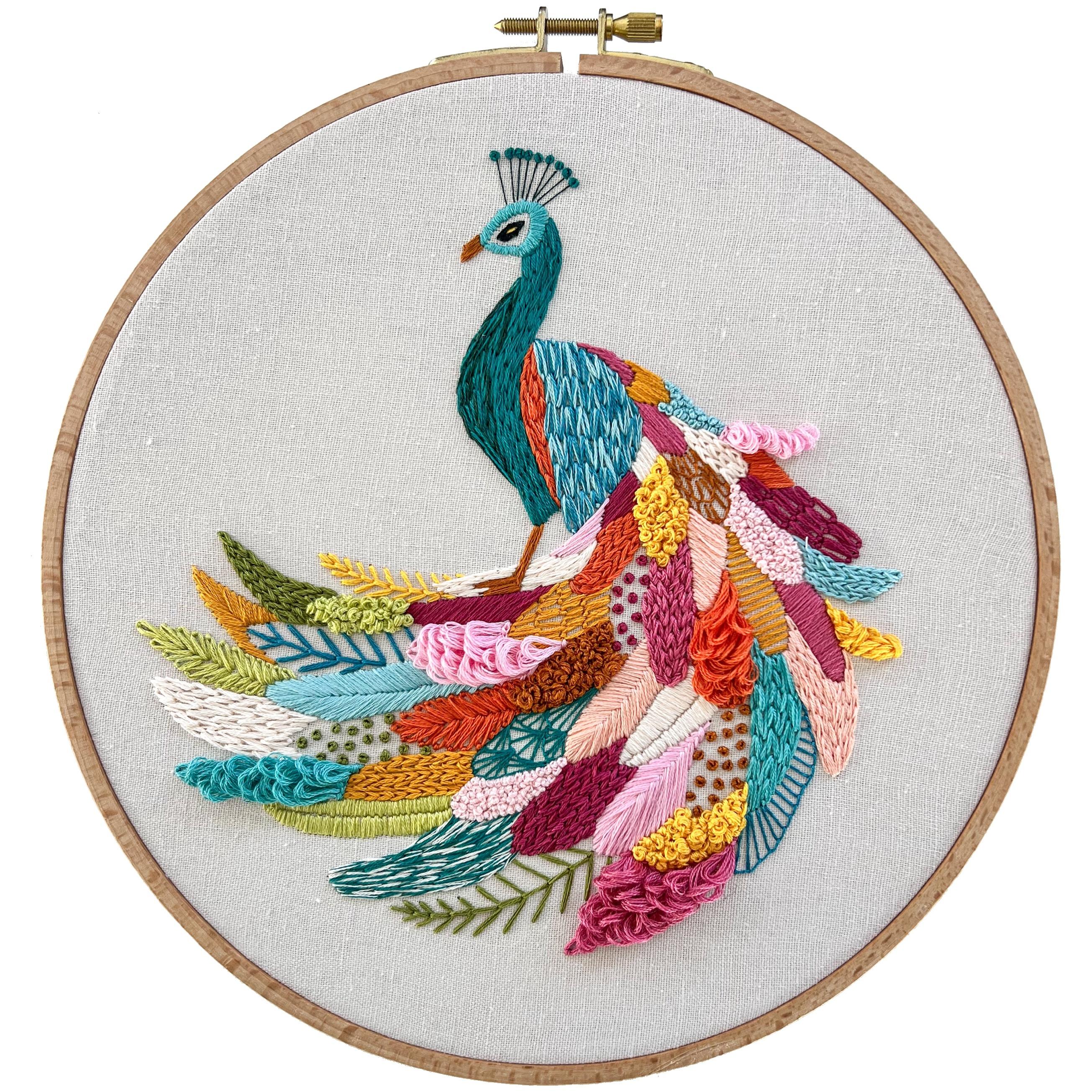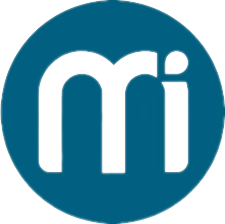Applique Embroidery for Beginners: The Ultimate Guide to Making Incredible Custom Designs

If you are a beginner in embroidery, this is where you transform from the mundane to unique appliqué products—you are giving your fabric a makeover! Applique embroidery is a fun and rewarding needlework technique that allows both novice and veteran embroiderers to take plain fabric and turn it into fun, unique custom designs. Don't worry if you are a beginner—throughout this guide we will walk you step by step from your very first sketch to a finished professional-looking product. We will also highlight common mistakes along the learning process, as well as great beginner tips and tricks to add zing to your projects! In its simplest form, It is the process of adding textile fabric and stitching around the fabric to create patterns, logos, or images.
It can create beautiful trendy clothing, cozy home decor, or personalized handmade gifts. The potential of creative appliqué cannot be achieved with normal embroidery! As any beginner will attest, you might be somewhat nervous at first, but with an easy and enjoyable method, you will shortly discover what a wonderfully entertaining craft appliqué embroidery can be!
Planning Your Project
First of all, when it comes to applique embroidery, is planning your project.. You will want to start by deciding which shapes, colours, and layout you will use. For those starting out, simple shapes like squares and circles or floral outlines are the easiest to create when you are preparing your fabric as they are much easier to cut and then stitch around. You can either sketch your design out using good old pen and paper or you can create your own digital design using a computer program ready for your applique embroidery designs. Regardless of how you proceed, this is the time to flush out your design and make certain it will satisfy your needs. Proper planning at this stage can save you time and money so you don't have to redo everything during the stitching stage.
Digitizing Your Design for the Embroidery Machine
Once your design is complete, as applique is created using an embroidery machine, you will need to digitize the design for your machine. Digitizing is the process of using your completed design to create a file your machine can read and will stitch your design the way you planned. It is important to perform proper digitizing as there are specific considerations that each machine uses to determine how to stitch around the pieces of fabric and when the machine will cut. The next is why you should make special consideration in regard to your digging. Even in a simple design, when a beginner does not use proper digitalizing techniques, the stitching can be inconsistent and have unwanted puckering and gaps in your design outline. Consider using a professional digitizing program, or consider hiring a digitizing service. If you follow a few best practice with your printed paper design yourself or professional, you too will be making high quality applique embroidery designs regardless of your stitching experience.
Getting Everything Ready
Once your design is digitized it’s time to get everything ready to stitch! The first thing to do is choose fabrics that harmonizing or have a common color theme that go together, fabric texture is also important. For example, if your base fabric is thinner or softer, you will need to use an appropriate stabilizer to prevent stretching and puckering of the fabric. Just remember, if the pieces shift around a lot when applying your stitches, it will be very hard to maintain control and accuracy when sewing! Next, cut your applique pieces as per the digitized plan allowing for some overlap advance if necessary, attach them temporarily with temporary adhesives or pins to hold if you will be using. Making sure they are going correctly in place will make a better and more precise polymer or fabric envelope when it does come to completing the stitches.
Stitching for Beginners
However, this is is important; anyway stitch used when applying applique embroidery designs requires attention to detail, patience and resilience. Starting with a tack-down stitch to hold down each individual fabric piece, with the satin or zigzag outline to envelop and finish edge the appliqued shape. Beginners frequently get confused doing either too fast or not using a try in a good tack down which leads to either thread litter or uneven edges when you finally enclosing all pieces as desired. Once again if you have time to practice on some paper first or similar scrap fabrics it would be a worthwhile task as at the end of you mastering the stitching technique is what will really give you that professional touch with your embroidery.
Choosing the Right Thread And Needle
Another typical mistake is for beginners to have not thought about the thread and needle. The thread you use will have its own durability, texture and style on your design. Likewise using the correct needle will help the stitching process go smoothly without damaging the fabrics you are stitching with. If you are applique embroidery with lightweight fabrics, a finer needle is appropriate, if you are using heavier fabrics, like denim or felt, you need a heavier, stronger and sharper needle as well. Getting this right will serve to improve your overall outcomes in applique embroidery designs and your designs will look more polished, and ultimately more professional.
Finishing Your Project
Whether you are stitching your embroidery project, or are finishing your projects properly - the finishing is an important step of the project. After all the stitching is completed, it is important to trim the excess threads on the back of your project, remove any stabilizers in a careful way and finally press/open the fabric to set your design. Proper finishing techniques will have a great impact on the quality of your project when it comes to prevention of distortion and the final project will look better. Often, as a beginner, while you might have completed some great stitching, you then find your project starts puckering and/or the edges aren't crisp or evenly finished, which could have been avoided if you would have just taken a few more minutes to finish carefully and properly.
Helpful Hints for Beginners
Helpful hints for beginners include starting with small, simple designs and then advancing in complexity. In addition, it is important to try different fabrics and threads, and also, to try to be aware of common problems like puckering, misalignment, or inconsistent stitches so that you can troubleshoot. You start with small designs first and you will move on to larger designs as your confidence and skills grow. It is also about creativity as much as precision, so let your imagination run wild in color, texture, and shape.
Sewing Your Way to Creative Fun
Applique embroidery is not something to do; it can be your key to turning plain cloth into amazing designs that turn heads! If you can come up with a plan, reduce your risk of digitizing errors, sew it out with preparation and patience being your mentors, then even a beginner could create a champion design that would look like it has been done by a sew shop. Each project is an opportunity to have fun, experiment with color and textures, and see our imagination come to life. Dreams do come true if you make them offerings that speak personalization, a new outfit, or creative decoration on your vacation to your home. In any medium or purpose, it will suspend reality as your fantasy is sewn together when you stitch! You may sew, and smile, and see your personalized designs materialize!
- Art
- Causes
- Crafts
- Dance
- Drinks
- Film
- Fitness
- Food
- Games
- Gardening
- Health
- Home
- Literature
- Music
- Networking
- Other
- Party
- Religion
- Shopping
- Sports
- Theater
- Wellness


